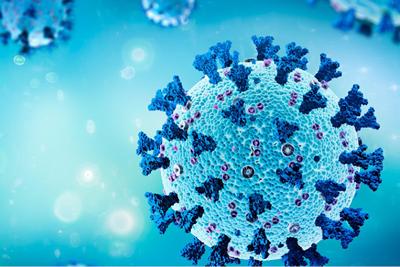School of Medicine Scientist Joseph Heitman Elected to the National Academy of Sciences
Two Duke faculty members have been elected as members of the U.S. National Academy of Sciences (NAS), one of the highest honors in the profession.
Four senior faculty members at Duke including SoM leaders elected to American Academy of Arts and Sciences
Four senior faculty members at Duke including School of Medicine leaders have been named Fellows of the American Academy of Arts and Sciences (AAAS). The recipients — all women — represent four of 252 total members elected this year.
Gift Establishes Inaugural Presidential Distinguished Chair
A $5 million gift from an anonymous donor has established the first Presidential Distinguished Chair at Duke University.
Duke medical student wins inaugural pitch competition for Black student founders
Medical Student Jasmine Chigbu, MS3, the founder and CEO of MTM, won not only the grand prize, but also the Fidelity Community Catalyst Innovation Award.
School of Medicine Celebrates 2021 Faculty Award Recipients
Duke University School of Medicine is proud to acknowledge the faculty members who were selected as recipients of this year’s School of Medicine faculty awards. These are just a few of t
Duke-led team finds why women may be better equipped to Fight COVID
When it comes to COVID-19, women seem to be the stronger sex, suffering severe disease at about half the rate as men, but the reason for this has been elusive.
Chi Receives MCR Michael B. Kastan Award for Research Excellence
The American Association for Cancer Research (AACR) has named Jen-Tsan Ashley Chi, MD, PhD, as co-winner of the Molecular Cancer Research Michael B.
Susanna Naggie, MD, selected as 2021-2022 ELAM fellow
Vice Dean for Clinical Research Susanna Naggie, MD, was selected as a member of the 2021-2022 class of fellows for the
Concrete steps to diversify the scientific workforce
Commentary by Dr. Kafui Dzirasa and colleagues, published in Science Magazine.
New CTSI core dedicated to equity in research
As the COVID-19 pandemic and racial reckoning unfolded side-by-side during the summer of 2020, a common thread emerged that prompted an intentional shift at the Duke Clinical and Translational Scie









